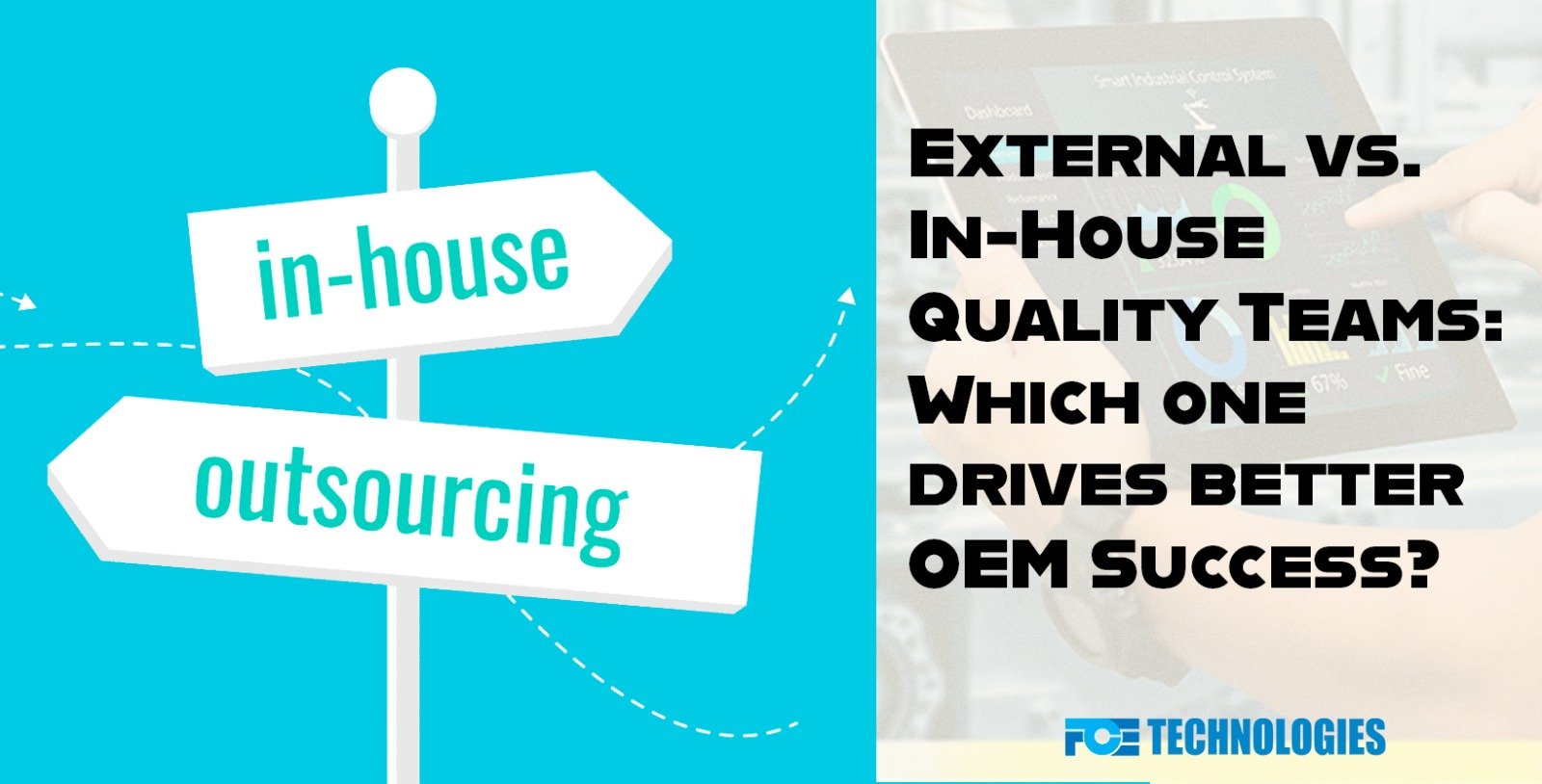In 2024, the landscape of automotive manufacturing is more complex and competitive than ever. Ensuring high-quality standards throughout the production process is crucial for maintaining a strong reputation and customer satisfaction. At FCE, we are dedicated to enhancing our automotive quality control through a combination of proven techniques and innovative practices. Here’s how we’re making a difference this year.
1. Real-Time Monitoring for Immediate Issue Detection
Overview: Real-time monitoring involves the use of advanced sensors and software to continuously track various aspects of the manufacturing process. This allows us to detect and address potential issues as they occur, rather than after they have caused defects.
Applications:
- Production Line Supervision: Continuous monitoring of production lines helps us ensure that each stage meets our quality standards.
- Instant Alerts: Our systems generate real-time alerts when any parameter deviates from the set standards, allowing immediate corrective actions.
Benefits:
- Proactive Quality Control: By addressing issues in real time, we prevent defects from progressing through the production process.
- Operational Efficiency: Reduces downtime and waste by catching problems early (FCE)
2. Rigorous Quality Checks at Multiple Stages
Overview: Implementing thorough quality checks at different stages of production ensures that each component and the final product meet our high standards. This multi-layered approach helps in maintaining consistent quality throughout the manufacturing process.
Applications:
- Initial Material Inspection: Quality control begins with inspecting incoming materials and components to ensure they meet our specifications.
- In-Process Verification: During manufacturing, we conduct regular checks to verify compliance with design and quality standards.
- Final Assessment: A comprehensive final inspection covers all critical aspects of the vehicle, including functionality and safety features.
Benefits:
- Defect Reduction: Identifying and addressing issues at multiple points reduces the likelihood of defects in the finished product.
- Customer Assurance: Consistently high-quality outputs lead to higher customer satisfaction and brand loyalty (FCE).
3. Streamlined Processes for Consistency and Efficiency
Overview: Streamlining processes involves refining and optimizing our manufacturing and quality control procedures to enhance efficiency and consistency. This approach helps in maintaining high standards while improving productivity.
Applications:
- Standardized Procedures: We implement standardized procedures across all production sites to ensure uniformity in quality control.
- Continuous Process Improvement: Feedback from quality checks is used to continually refine and improve our processes, addressing any recurring issues.
Benefits:
- Operational Efficiency: Streamlined processes reduce waste and improve production speed, leading to better resource utilization.
- Quality Consistency: Ensures that every product meets the same high standards, regardless of where it is manufactured (FCE).
4. Comprehensive Training Programs for Staff
Overview: Training our staff is crucial for maintaining high-quality standards. We invest in comprehensive training programs to ensure that our employees are well-versed in the latest quality control techniques and best practices.
Applications:
- Regular Training: We conduct regular training sessions to keep our staff updated on new quality control tools and methodologies.
- Skill Development: Focuses on developing skills that enhance our employees’ ability to identify and address quality issues effectively.
Benefits:
- Empowered Workforce: A well-trained workforce is better equipped to maintain high quality standards and address issues proactively.
- Enhanced Quality: Continuous training ensures that our staff is knowledgeable about the latest quality control practices, leading to superior product quality (FCE).
5. Detailed Documentation and Reporting
Overview: Maintaining detailed documentation and reporting of the quality control process helps us track performance and identify areas for improvement. This meticulous approach supports transparency and accountability in our quality assurance efforts.
Applications:
- Process Documentation: We document every step of our quality control procedures, providing a clear framework for compliance and auditing.
- Quality Reports: Regular reports on quality metrics help us monitor performance and make data-driven decisions for improvements.
Benefits:
- Transparency: Detailed documentation ensures transparency in our quality control process, making it easier to track and verify compliance.
- Continuous Improvement: Access to historical data enables us to identify trends and implement changes that enhance quality over time (FCE).
Conclusion
FCE is committed to enhancing automotive quality control in 2024 through real-time monitoring, rigorous quality checks, streamlined processes, comprehensive training, and detailed documentation. These strategies not only ensure that we maintain high standards but also enable us to continuously improve and meet the evolving needs of the automotive industry. By focusing on these key areas, FCE is leading the way in delivering high-quality vehicles that meet the demands of today’s market.







